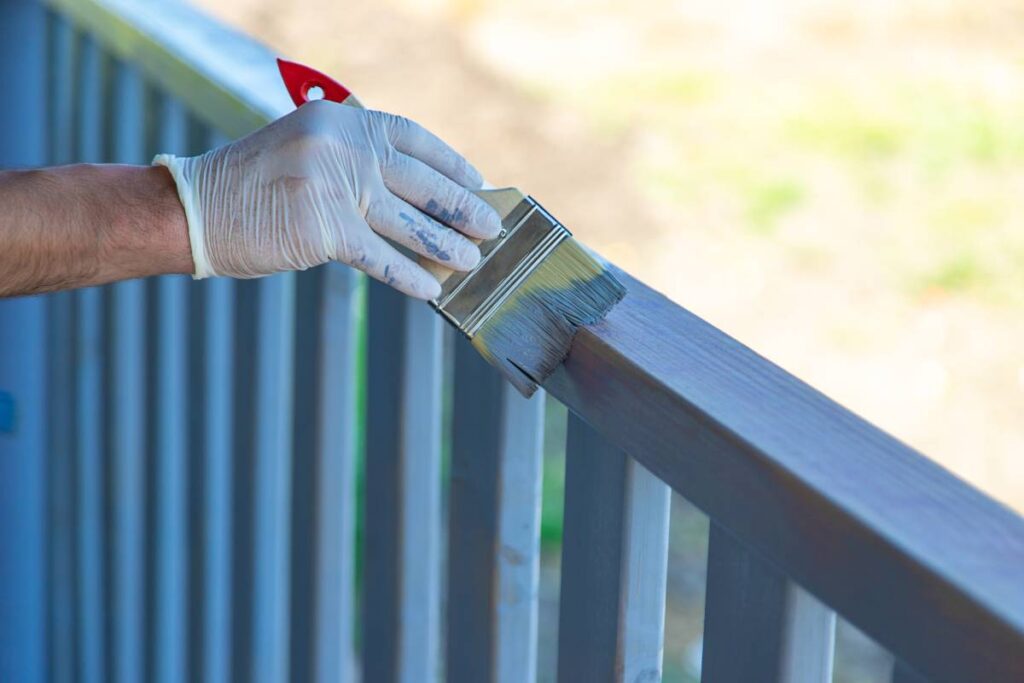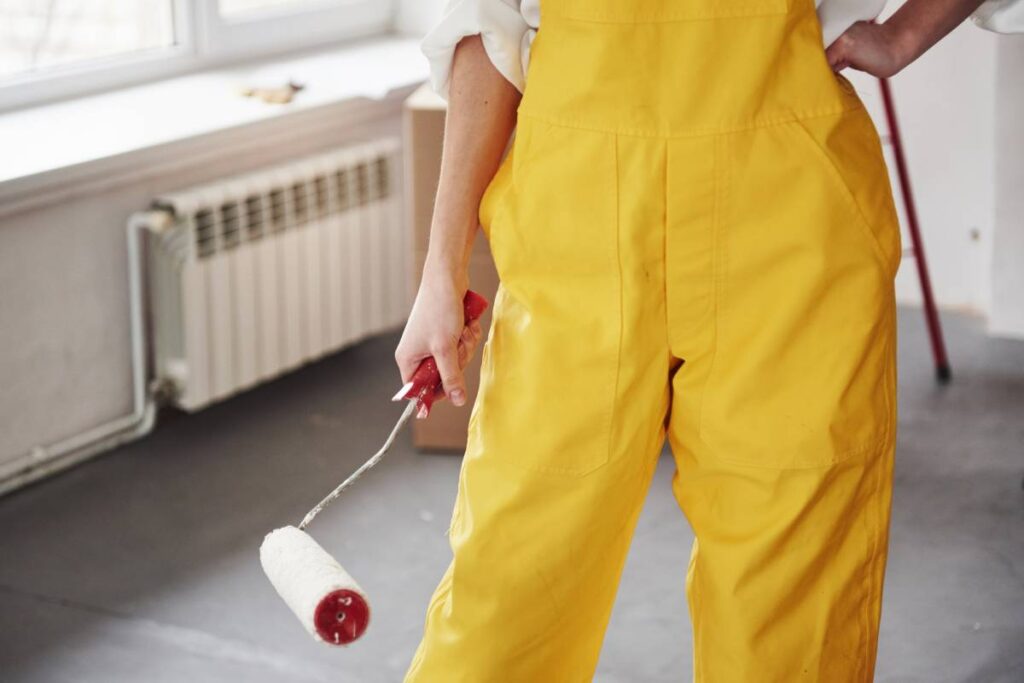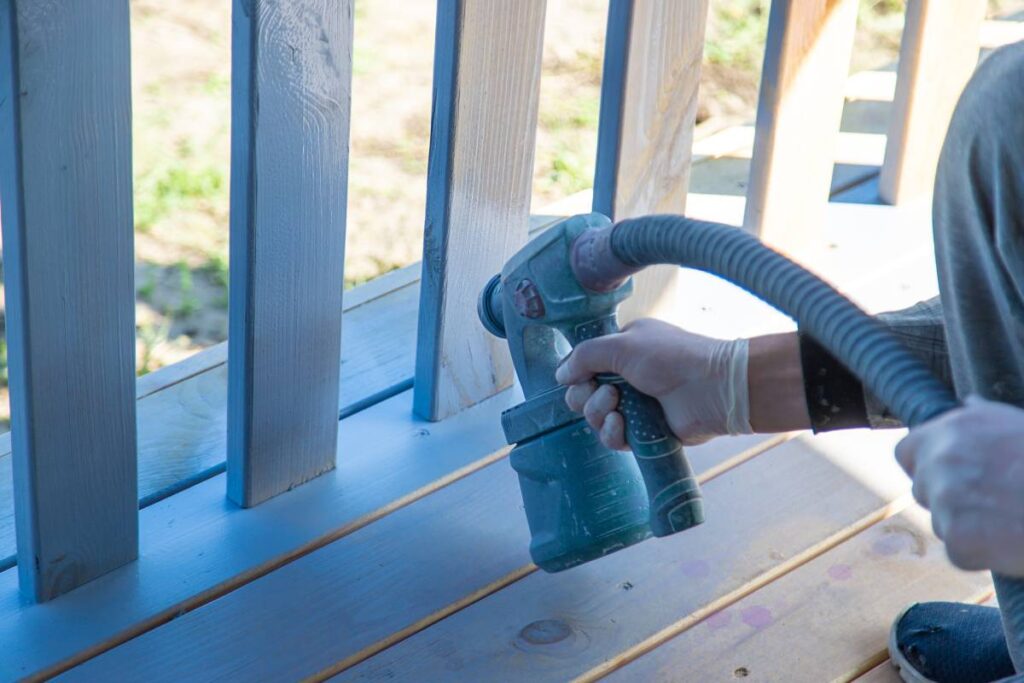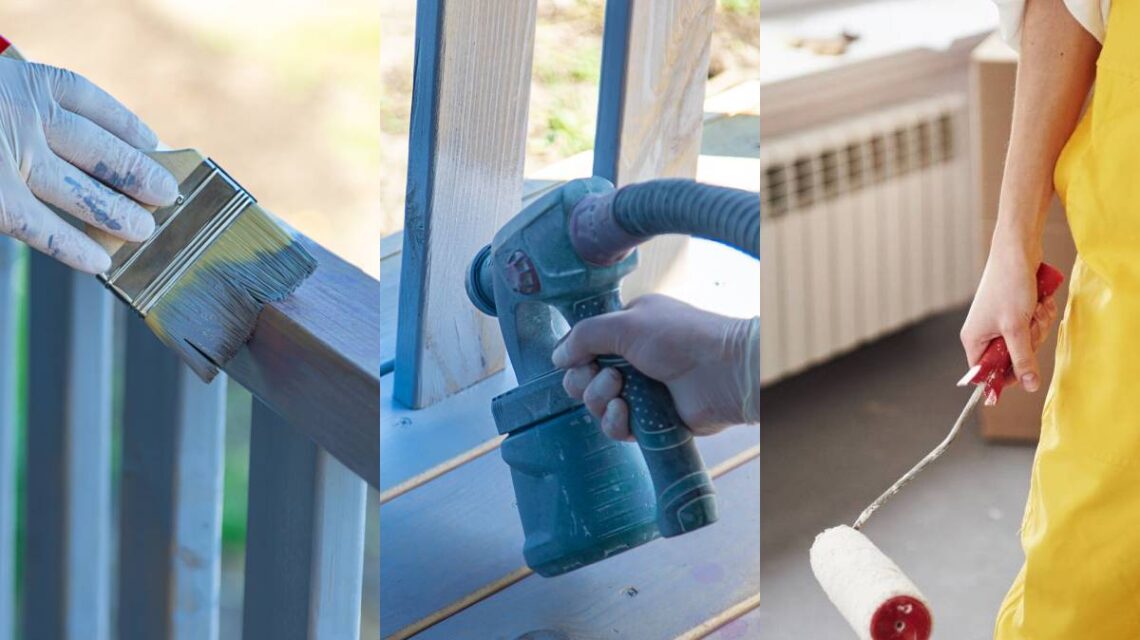When it comes to painting, the tools and techniques you use can greatly impact the quality of the finished product. Whether you’re repainting your walls, refreshing your furniture, or tackling a DIY project, choosing the right application method is essential. Among the most common painting tools are brushes, rollers, and sprayers, each of which has its strengths and weaknesses.
So, which one is better? The answer depends on the project, surface, and desired finish. Let’s delve deeper into the characteristics of each method to help you make an informed decision.

Brush Painting
Brush painting is one of the oldest and most traditional paint application methods. Brushes come in various sizes and shapes, such as flat, angled, and round, making them versatile for various tasks.
Advantages of Brush Painting
- Precision and Control: Brushes allow for detailed and precise application, making them ideal for small or intricate areas. For example, cutting in along edges, painting trims, or working on detailed furniture pieces is best accomplished with a brush.
- Versatility: Paint brushes can be used with nearly all types of paint, including latex, oil-based, and water-based paints. They are also suitable for working on different surfaces such as wood, metal, and textured walls.
- Cost-Effective: Brushes are typically the most affordable option compared to rollers and sprayers. They require minimal setup and cleanup, making them an economical choice for small projects.
- Low Waste: Brushes use less paint compared to rollers and sprayers, which helps reduce wastage.
Disadvantages of Brush Painting
- Time-Consuming: Painting with a brush can be slow, especially for large surfaces like walls or ceilings.
- Risk of Brush Marks: Without proper technique, visible brush strokes can affect the finish. Achieving a smooth, even coat requires experience and patience.
- Limited Coverage: Brushes are not the best choice for covering large areas efficiently.

Roller Painting
Roller painting is a popular method for covering large, flat surfaces. Rollers come in different sizes and materials, such as foam, synthetic fibres, and natural fibres, making them suitable for various applications.
Advantages of Roller Painting
- Efficient for Large Surfaces: Rollers are excellent for painting large areas like walls, ceilings, and floors. They cover more surface area quickly compared to brushes.
- Smooth Finish: When used correctly, rollers can produce a smooth and even finish, especially on flat surfaces.
- Variety of Textures: Depending on the roller’s material and nap length, you can achieve different textures. For instance, longer naps are ideal for textured walls, while shorter naps work best on smooth surfaces.
- Less Labor-Intensive: Rollers make it easier to apply paint evenly, requiring less physical effort than brush painting for large areas.
Disadvantages of Roller Painting
- Limited Precision: Rollers are not ideal for detailed or intricate work. Edges, corners, and tight spaces require additional tools like brushes.
- Paint Splatter: Rollers can create splatter, which means additional time may be needed for masking and cleanup.
- Requires More Paint: Rollers tend to absorb more paint, leading to increased consumption compared to brushes.
- Setup and Cleanup: Using a roller involves more preparation, such as setting up a tray and ensuring even loading of paint. Cleaning a roller can also be time-consuming.

Spray Painting
Spray painting involves using a paint sprayer to apply paint in a fine mist. This method is commonly used for both professional and DIY projects, ranging from home interiors to furniture refinishing.
Advantages of Spray Painting
- Fast Application: Spray painting is the quickest method for covering large areas, making it ideal for big projects like painting walls, ceilings, fences, or even vehicles.
- Even Coverage: Sprayers provide a smooth, even coat without brush marks or roller textures. This makes them ideal for achieving a flawless finish on smooth surfaces.
- Versatility: Paint sprayers can be used for a wide range of projects, from painting furniture and cabinets to exterior walls and fences.
- Accessibility to Hard-to-Reach Areas: Sprayers can easily cover uneven surfaces, nooks, and crannies, which may be difficult to reach with brushes or rollers.
Disadvantages of Spray Painting
- High Initial Cost: Paint sprayers are more expensive than brushes and rollers, both in terms of equipment cost and the amount of paint used.
- Overspray and Waste: Sprayers produce a lot of overspray, which can lead to wasted paint and the need for extensive masking to protect surrounding areas.
- Setup and Cleanup: Using a sprayer requires significant preparation, including masking and setting up the machine. Cleaning the equipment after use is also a labour-intensive process.
- Skill Requirement: Spray painting requires practice to achieve an even coat and avoid drips or uneven coverage. Beginners may find it challenging to master.
Comparing the Methods
To determine which method is better, it’s helpful to compare brush painting, roller painting, and spray painting across several criteria:
| Criterion | Brush Painting | Roller Painting | Spray Painting |
|---|---|---|---|
| Precision | Excellent for details | Limited | Moderate |
| Speed | Slow | Moderate | Fast |
| Finish Quality | Can leave brush marks | Smooth on flat surfaces | Flawless on smooth areas |
| Ease of Use | Easy for small tasks | Easy to moderate | Requires skill |
| Setup Time | Minimal | Moderate | Extensive |
| Cleanup Time | Quick | Moderate | Time-consuming |
| Cost | Low | Moderate | High |
| Paint Wastage | Low | Moderate | High |
Best Use Cases for Each Method
When to Use a Brush
- Painting intricate details, trim, and corners.
- Working on small projects, such as furniture or crafts.
- Applying oil-based or speciality paints that require precision.
When to Use a Roller
- Painting large, flat surfaces like walls and ceilings.
- Covering textured surfaces with minimal effort.
- Achieving a smooth and consistent finish on medium to large projects.
When to Use a Sprayer
- Painting large areas quickly, such as exterior walls or fences.
- Refinishing furniture or cabinets where a flawless finish is needed.
- Covering surfaces with complex shapes or hard-to-reach areas.
Tips for Choosing the Right Method
- Assess the Project Scope: For small, detailed work, a brush is often the best choice. For large, flat surfaces, rollers are efficient. For very large or intricate projects, consider a sprayer.
- Consider the Surface: Smooth surfaces benefit from spray painting, while textured surfaces are better handled with rollers. Brushes work well on uneven or detailed surfaces.
- Factor in Your Budget: If cost is a concern, stick to brushes or rollers. Sprayers, while efficient, involve higher upfront costs.
- Think About Cleanup: If you want to minimize cleanup time, choose brushes or rollers. Sprayers require significant effort to clean properly.
Conclusion
There is no one-size-fits-all answer to the question of whether brush painting, roller painting, or spray painting is better. Each method has its advantages and disadvantages, and the best choice depends on your project’s requirements, the surface being painted, your budget, and your skill level. By understanding the strengths and limitations of each technique, you can select the method that will deliver the best results for your specific needs.
Whether you choose the precision of a brush, the efficiency of a roller, or the speed and smoothness of a sprayer, the key to success lies in proper preparation and technique.



